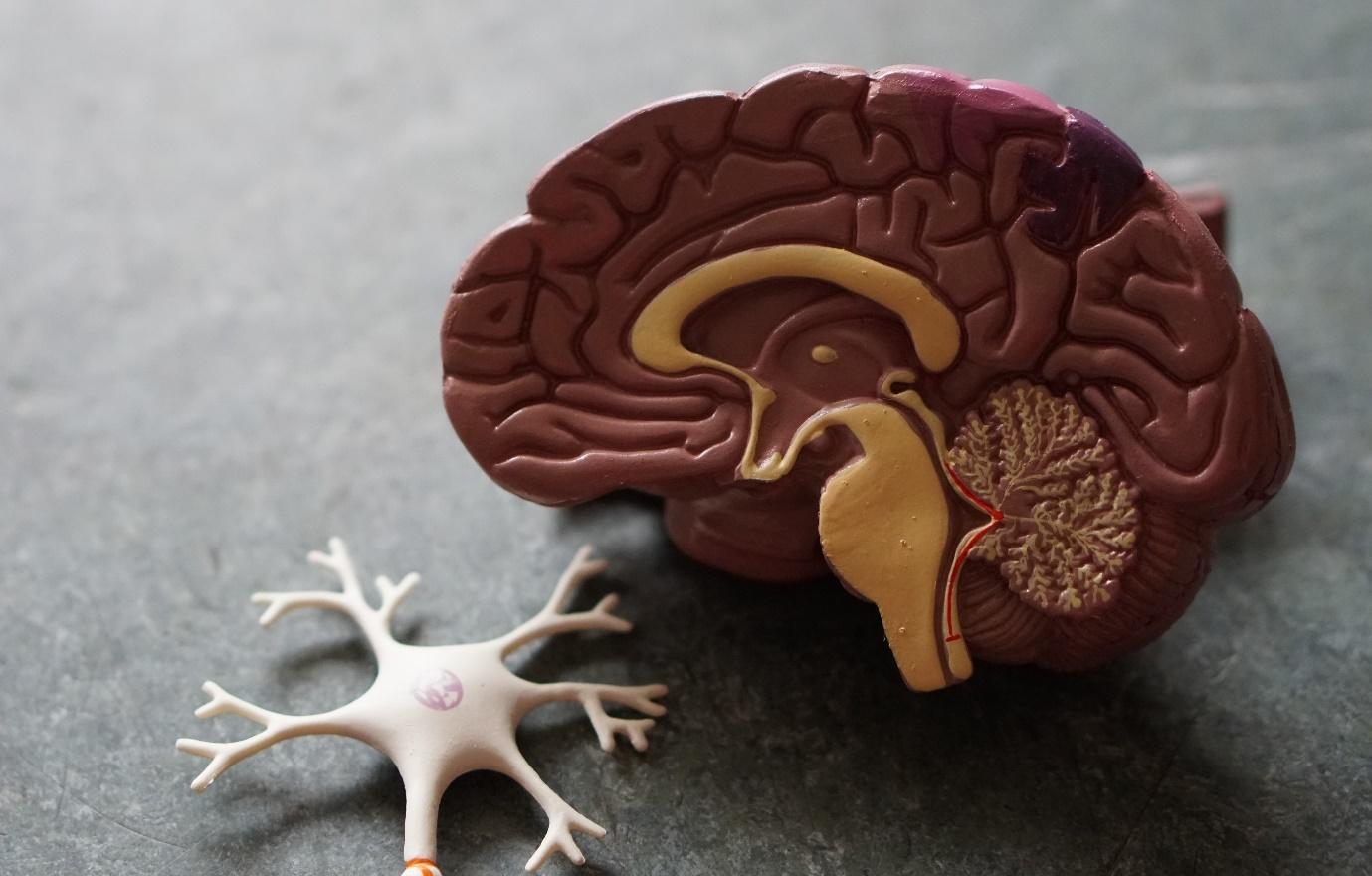Four Modern Language Learning Theories
Read other articles:
Back to posts
Table of Contents

If you’re learning a new language, it helps to start from the right place and have confidence in the methods you’re using.
The main language learning methods stem from language learning theory, which has been developed ever since humans started interacting with people in different languages.
Rather than delving into the theories of Plato and Descartes, it’s more helpful for foreign language learners grappling with the challenges of mastering a language to consider more modern language theories as these are the ones that have taken root in classrooms and textbooks.
Let’s go through four of the main theories to be aware of… followed by a little information on how one of these theories, in particular, can help you start learning a language more efficiently almost immediately.
1. Social Interactionist Theory by Lev Vygotsky

Lev Vygotsky was a short-lived Soviet psychologist of the early twentieth century, best known for his work on psychological development in children and the links between language, culture and a child’s interaction with adults.
His theories of language development in the context of adult-child interaction were adopted and made prominent in the West by Jerome Bruner.
What we like about Vygotsky’s Social Interactionist Theory of language acquisition is the emphasis on the social interactions the learner has and the importance of cultural context.
This is one very simple “pick out” from Vygotsky’s many theories, which go into great depth on development through the construction of thought and meaning (his constructivist theory). He essentially proposes that knowledge is a construction of meaning unique to the individual and his theories on the three types of speech (social speech, private speech and inner speech) are well-cited.
Vygotsky’s recognition of the power of authentic interactions and collaborations within native cultural contexts goes well beyond the general practice of language learning at the time, which was usually based on rote learning of grammar and vocabulary.
While his main focus was on how children learn their native language, for foreign language learners his work on interactions with native speakers to allow observation, imitation and feedback/correction, could be of great value.
The idea that immersion in social and cultural environments is a key driver of language acquisition is echoed later in the work of Krashen but goes against some of the other prevailing language theories developed since the 1950s…
2. Universal Grammar by Noam Chomsky

Noam Chomsky is one of the pre-eminent linguists of the past century and a proponent of the “nativist” theories of language learning.
Since his time teaching at the Massachusetts Institute of Technology (MIT) in the 1950s, he sought to understand how children acquire language. His theories proposed a system of principles and parameters that suggested a child’s innate understanding of syntax and semantics.
Several previous theories (such as the social interactionist theories of Vygotsky and the behaviourist theories of Skinner) proposed that language learning was prompted purely by external stimuli, i.e., conditioning. Chomsky essentially argues the opposite, saying that nature is stronger than nurture and that the human brain contains a mechanism for language acquisition.
He proposes that a series of universal elements and “deeper structures” in sentences are common to all languages. This, he argues, is why you can form sentences with similar meanings using many different combinations of words (the “surface structures”).
While Chomsky’s theories are more about how a child learns a first language, if you can plough through the highly technical analysis, there may be some valuable takeaways for foreign language learners too.
3. Cognitive Development Theory by Jean Piaget

Jean Piaget is another major name in modern language learning theory and, like his predecessors, as a guide he attempted to understand the stages that children go through to learn a language.
His theories emphasize the role of cognitive processes like memory, attention and problem-solving in language learning.
One of his main theories was that children could only fully grasp some concepts within specific stages of their development when the sections of their brains that processed this information had become sufficiently developed.
During the preoperational stage of development, for instance, Piaget proposes that a child starts to think in abstract ways and may use words incorrectly when trying to express themselves. The words make sense to the child’s brain because of the abstract connections made but the child can’t distinguish conversation from pure expression.
Piaget ties the process of learning a language with the cognitive development stages of childhood. This may not sound very useful for anyone trying to master a second language (most language learners reading this will have fully developed brains already) but Piaget’s focus on the importance of meaningful and engaging experience (rather than purely focusing on grammar) when learning a language certainly is relevant.
One of the key takeaways for those wanting to learn a second language to a high level is to discard the vocab lists and start seeking interactions in practical, real-world contexts where you can practice what you learn and immerse yourself in content in a variety of cultures.
4. The Monitor Model by Stephen Krashen

Stephen Krashen’s language-learning theories, which we refer to often on this blog, are highly useful for second language learners as many address the challenges of adults trying to master non-native languages.
Krashen is a U.S. linguist and educational researcher. His Monitor Model includes several distinct elements that comprise one of the most popular modern language learning theories. While they are not entirely without criticism, they have received widespread acclaim and acknowledgement.
It’s somewhat surprising, then, that relatively few foreign language classrooms, language learning apps, online courses or other modern learning methods apply these theories at the core of their teaching/learning models.
Here are the main tenets of Krashen’s theory:
- Language acquisition is a subconscious process resulting from informal, natural communication.
- Language learning is a conscious, more formal process driven by error correction.
- Grammar structures are acquired in a predictable and consistent order.
- Language acquisition results from comprehensible input in a relaxed environment (i.e., exposure to phrases that make some sense but maybe a little beyond one’s current language level).
- A monitor (such as a language teacher) corrects language performance and encourages a learner to communicate correctly rather than simply conveying meaning.
The comprehensible input theory is especially useful for second language learners and leans more towards the informal acquisition of languages (like how a child learns) rather than the typical teacher-student setup.
As more language learners move towards online learning and language acquisition without a formal monitor (other than AI-based monitors), these learning theories become even more interesting.
How do these language learning theories impact your language learning?

It’s generally unnecessary to plough through these theories in great depth as a foreign language learner or a language teacher.
But as you crank up Duolingo, Mondly or other language-learning apps, it’s easy to forget that other theories on how best to learn languages exist — from a vast body of work over the past century and more.
In other words, learning grammar and vocabulary lists is not the only way to learn a foreign language — and may actually be holding you back.
Much of the language theory work remains relevant and it’s good to be aware of the theories so that you can refine your approach and make your learning more efficient and effective.
Fire up your learning from the YouTube video
Our language learning app, designed to help you master a foreign language from subtitled YouTube videos using the best of AI and natural learning methods, draws inspiration from Stephen Krashen’s work and his comprehensible input and monitor method theories.
With our app, you choose the comprehensible input from a vast array of engaging subject matter (from your YouTube account), AI is your teacher and monitor, and the features of the app help you expand your knowledge of the language with native speakers in a variety of cultural contexts.
Learning a language through video is one of the most effective ways to learn for aspirational and motivated learners. By immersing yourself in the target language from the comfort and relaxation of your home environment, you can accelerate the process of learning a foreign language to the native-speaker level. Try it now – it’s completely free!
Read other articles:
Back to posts
